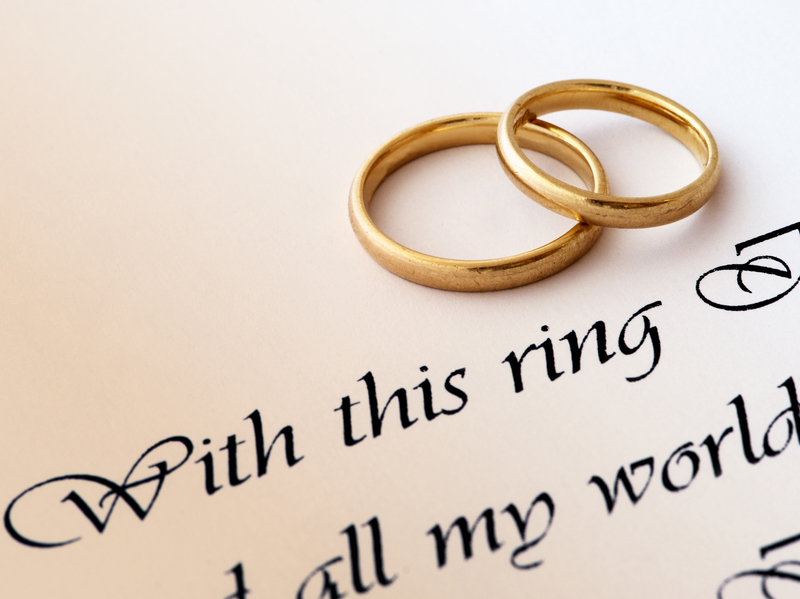What is Commitment?

A few years ago, we were giving a talk on chastity to a group of young people and some of them challenged us, saying that “sex before marriage was ok if you were in a committed relationship”. So we quizzed them about what defined a “committed relationship’. Universally, their answer was a measure of duration; “if you’ve been going out for more than xx months”.
This sparked our interest and in many other discussions since we have discovered that the duration that defines their notion of commitment is not uniform; some think a year, others 6 months or 3 months. Our overarching impression is that the older they were, the shorter the duration!
We think their perspective is probably pretty consistent with many people in the community; to a certain extent, we all assume that long-lasting relationships are more committed ones. And mostly, there is a correlation between the depth of commitment and the duration of a relationship.
But correlation doesn’t mean it’s causal. To use an analogy – if someone has been working in a job for longer than anyone else, it doesn’t necessarily mean that they are more knowledgeable or devoted to the business than the others, in fact, if they’re ready to resign, they’ve probably checked out some time ago. Similarly, among cohabitating couples we see a wide difference in dedication to their relationships, even though some may have been living together for many years; some are very committed and others very casual.
The reality is: duration doesn’t equate to depth or dedication of commitment in the world of work or relationships. This is in line with what the social science research tells us. Firstly, there are two types of commitment.
- Constraint commitment comes from various factors that act as disincentives to breaking-up. Constraints tend to accumulate with time, like shared friends, common possessions, pets, and often common property and children. Emotional constraints might also include the fear of hurting the other, the fear of being alone, social or religious pressure or the aversion to rejoining the singles market. Usually, the longer the relationship, the more constraints it has.
- The second type of commitment is dedication commitment. This is indicated by a proactive investment in the relationship. Two hallmarks of dedication commitment are a willingness to make personal sacrifices and the presence of a long-term vision for the relationship. All things of value have a ‘cost’. In a relationship these include a loss of some independence, forgoing other possible relationships, more limited career opportunities, or giving up personal time or recreational activities. The cost of such sacrifices however is usually offset by benefits that come with deepening intimacy and stability. Having a vision for the future of a relationship also helps to keep any sacrifices in perspective – ‘short term pain for long term gain’ as the saying goes.
So what’s the take home message here? While the notion of the duration of a relationship is part of the mix in understanding commitment, duration alone does not measure the level of commitment and it certainly doesn’t cause it.





Thank you for your help